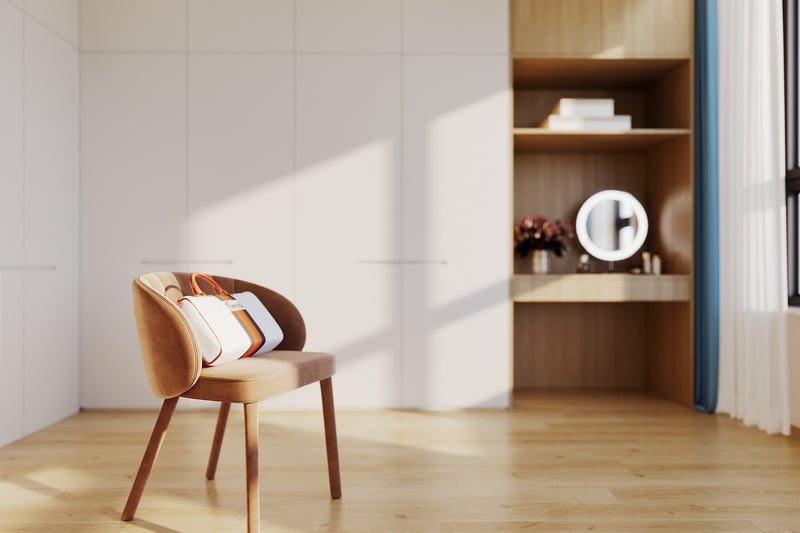Indoor vs. Outdoor

Factors Affecting Plant Growth: Indoor vs. Outdoor
Whether you are an avid gardener or just starting out with some houseplants, understanding the factors that influence plant growth is crucial for success. Depending on whether your plants are indoors or outdoors, different elements come into play that can impact their development. Let's explore these factors and how they differ between indoor and outdoor environments.
Light
Light is fundamental for plant growth as it drives the process of photosynthesis. Indoor plants often struggle to receive an adequate amount of light compared to outdoor plants. While some indoor plants can thrive in low light conditions, most require bright, indirect light to flourish. Outdoor plants benefit from natural sunlight, which is usually more intense and consistent than indoor lighting.
Temperature
Temperature plays a significant role in plant growth. Indoor environments are typically more controlled, allowing you to adjust the temperature as needed. Outdoor plants are exposed to fluctuating temperatures based on the season and climate of your region. Some plants thrive in cooler temperatures, while others prefer warmth, so it's essential to choose plants that align with your climate conditions.
Humidity
Humidity levels can impact plant health, especially for indoor plants. Most indoor environments have lower humidity levels, which can be challenging for plants that require high humidity. Outdoor plants benefit from natural humidity levels, although excessive humidity can lead to issues like fungal diseases. Proper ventilation is crucial for both indoor and outdoor plants to maintain optimal humidity levels.
Watering and Drainage
Watering practices are vital for plant growth. Indoor plants are more prone to overwatering due to limited drainage compared to outdoor plants. It's essential to understand the watering needs of each plant species and ensure proper drainage to prevent waterlogged soil. Outdoor plants may require less frequent watering due to natural rainfall, but soil drainage is still essential for their health.
Soil Quality
The quality of soil directly impacts plant growth. Indoor plants rely on potting mix, which needs to provide adequate nutrients and drainage. Outdoor plants grow in garden soil, which may require amendments to improve its quality. Understanding the specific soil needs of your plants is crucial for their overall health and development.
Pests and Diseases
Pests and diseases can impact plants both indoors and outdoors. Indoor plants are more susceptible to certain pests like spider mites and mealybugs due to the controlled environment. Outdoor plants face a broader range of pests and diseases, which can spread more easily in garden settings. Regular inspection and proper plant care practices are essential for managing pest and disease issues.
Conclusion
Whether you are tending to indoor plants or cultivating a garden outdoors, understanding the factors that influence plant growth is essential for successful gardening. By considering the unique needs of plants in different environments and providing proper care, you can promote healthy growth and vibrant blooms for your green companions.
Remember to tailor your care routine based on whether your plants are indoors or outdoors, ensuring they receive the light, water, and nutrients they need to thrive.